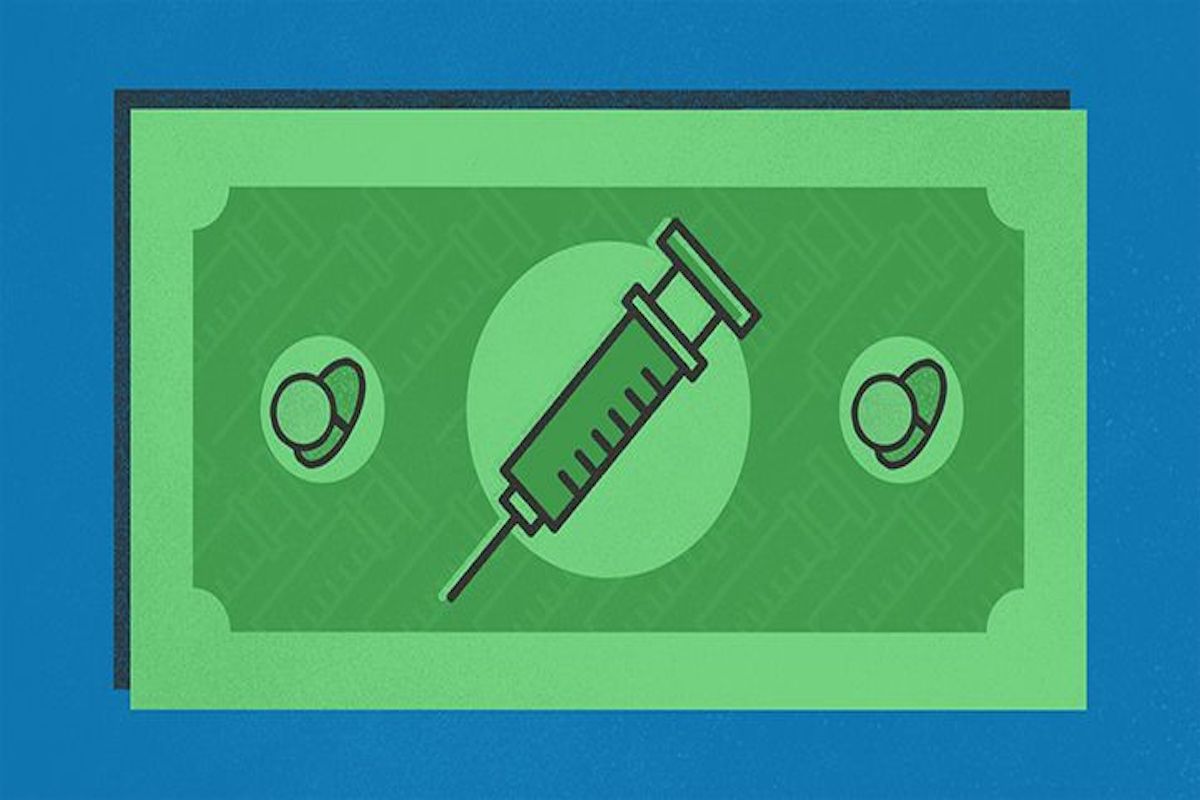Approximately 1 in 10 Americans have Diabetes, which means about 34.2 million are (unknowingly) suffering from this. Managing diabetes in the US can be costly, with expenses for medications, doctor visits, and monitoring equipment adding up quickly. However, pharmaceutical companies offer co-pay cards for diabetics to help ease the financial burden. Let’s take a closer look at co-pay cards, how they work, and how they can benefit those with diabetes.

For updated information about Diabetes type I & type II, read: Diabetes: Symptoms, Types & Treatment Plans
What Are Co-pay Cards, and How Do I Get One?
A co-pay card is like a coupon that drug manufacturers offer to help you save money when you pick up your prescription medication. Sometimes your doctor will give you the card, or you can apply for it on the drug’s official website. It’s important to use the card from the official website because other discount cards won’t work with your insurance. You can bring the card when you drop off or pick up your prescription to get the discount.
Why Do I Need a Co-pay Card?
Certain medications are only available as brand name drugs, which means there is no cheaper generic option. Your co-pay for these medications can be expensive. Co-pay cards are designed to help you save money on these medications and ensure that you can afford the treatment.
How Often Can I Use a Co-pay Card? Are There Any Limits?
You can usually use co-pay cards once a month, and the card or website will tell you how many times you can use it. The cards usually last for a year, and then you can renew them on the website for another year. Some cards have a maximum benefit that lasts for your lifetime. If the medication is still too expensive after that, talk to your doctor to see if there is a cheaper alternative you can try.
What are the Benefits of a Co-pay Card for Diabetics?
Co-pay cards for diabetics can offer several benefits. These benefits include:
- Reduced medication costs: Co-pay cards can help lower the out-of-pocket expenses associated with purchasing prescription diabetes medications.
- Improved medication adherence: With reduced costs, patients are more likely to take their medications as prescribed, leading to better health outcomes.
- Better disease management: When patients can afford their medications, they are more likely to stay on track with their diabetes management plan, which can prevent serious complications associated with the disease.
- Increased access to care: Co-pay cards can make it easier for patients to access the medications they need, regardless of their financial situation.
- Ease of use: Co-pay cards are generally easy to obtain and use, either by applying online or through a healthcare provider, and they are accepted at most pharmacies.
Where to Get Co-pay Cards for the Most Common Diabetes Medications?
To make things easier we listed some co-pay card programs for common diabetes medications in the United States, categorized by type of medication. Please note, that this table is not comprehensive and that co-pay card availability and terms can vary over time and by location.
| Type of Medication | Medication | Co-pay Card Program |
|---|---|---|
| Insulins | Lantus Solostar | MySavingsRx Card |
| Levemir | Levemir Savings Card | |
| Toujeo | Toujeo Savings Card | |
| Novolog | Novolog Savings Card | |
| Injectable Medications (Not Insulin) | Trulicity | Trulicity Savings Card |
| Victoza | Victoza Savings Card | |
| Oral Medications | Januvia | Januvia Savings Card |
| Jardiance | Jardiance Savings Card | |
| Invokana | Invokana Savings Card | |
| Farxiga | Farxiga Savings Card | |
| Tradjenta | Tradjenta Savings Card |
It’s best to check the manufacturer’s website or speak with your healthcare provider to determine if a co-pay card is available and how to access it. Also, do your own extensive (online) research and shop around to find the best and most suitable co-pay card in your area. To help you on your way, start your search here:

